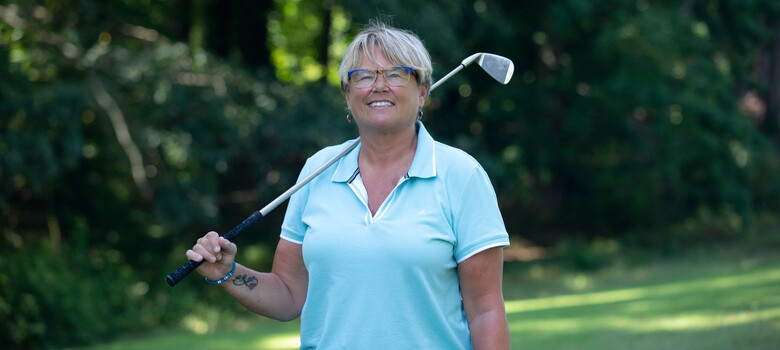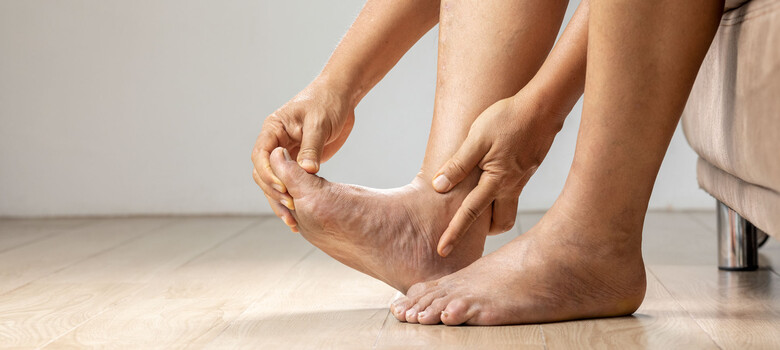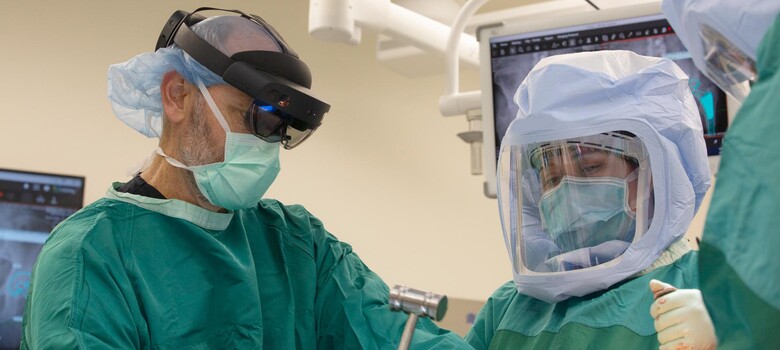Returning to Sports After Ankle Replacement Surgery at Duke

Greg Cox plays pickleball at his local gym in Warrenton, NC.
Since Greg Cox was a boy, sports had been an integral part of his life. From lacrosse to running marathons to waterskiing, he did it all. When he reached adulthood and ankle arthritis made the simple act of walking painful, he knew he needed to take action. After a second opinion and ankle replacement surgery at Duke, Cox, age 57, is back to the active life he loves.
A Different Kind of Pain
As a former Division I lacrosse player, Cox had a high tolerance for pain, but his ankle arthritis, which started when he was in his mid 40s, was different. "My ankle hurt all the time. I couldn’t do the things I wanted to do.” Initially, he tried bracing, activity modification, injections, and even surgery to remove bone spurs. But when the pain affected his quality of life, he started to think seriously about surgery. His orthopaedic doctor near his home in Cherryville, NC suggested ankle fusion surgery as an option, but he also recommended that Cox seek a second opinion at Duke.
Weighing His Options
Cox met with Karl Schweitzer, MD, a foot and ankle orthopaedic surgeon at Duke Health, for a comprehensive exam and to learn about alternatives to ankle fusion. “Ankle arthritis generally affects people a decade or two earlier than hip or knee arthritis, usually at one of the most active points in life,” Dr. Schweitzer explained. Given Cox’s passion for sports, Dr. Schweitzer recommended ankle replacement surgery. While fusion would relieve his pain, it would limit his range of motion. Ankle replacement surgery allows people to retain that motion.
Watch Greg's story to learn more.
Ankle Replacement Changed Everything
Cox had ankle replacement surgery in March of 2021. Three months later, he was walking three to five miles a day. As part of his recovery, he attended regular physical therapy sessions, as Dr. Schweitzer recommended. “A lot of arthritis patients haven't been walking normally for a long time. After surgery, even when there's no pain and the joint moves better, they may still have an awkward gait,” he said. Physical therapy can help retrain the muscles to move naturally.
Today, Cox is enjoying water and snow skiing, pickle ball, walking his dog, and more. “Everything’s changed. Ankle replacement was probably the best thing I’ve ever done,” he said.



